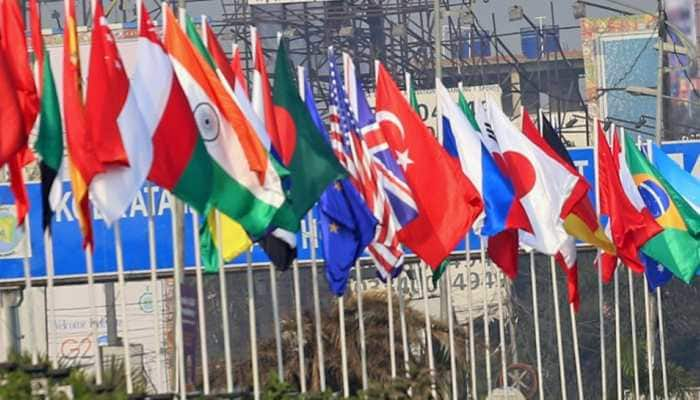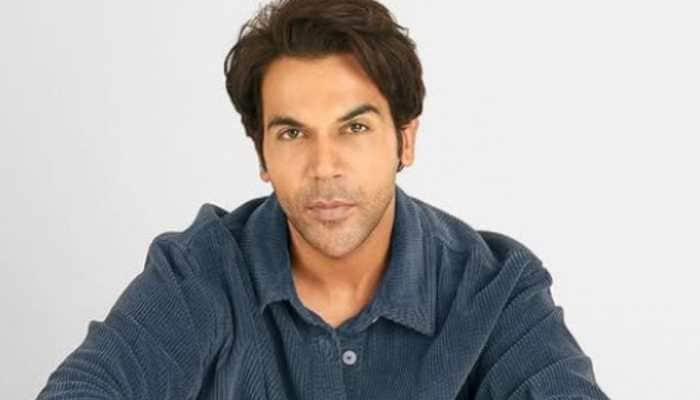Durga Puja 2022: Important dates and significance of her 10 weapons
One of India's most important festivals is Durga Puja. Find out the Durga Puja date, time, history, and significance here.
- Durga Puja is a culturally rich festival filled with sweetness
- Durga Puja this year will be celebrated from October 1 to October 5
- Also known as Durgotsava or Sharodotsava
Trending Photos
) Pic courtesy: Pixabay
Pic courtesy: Pixabay Durga Puja is a ten-day festival. On the sixth day, the festivities officially start. It is thought that Goddess Durga came to Earth on this day after killing the demon Mahishasur on the cosmic plane, in accordance with popular mythical beliefs. One of the biggest festivals for Bengalis, it is primarily celebrated in the states of West Bengal, Assam, Tripura, Odisha, and parts of Bihar. Although the festival lasts for ten days, the final five are considered to be the most significant.
Now that Maa Durga is finally coming, it is once again time for every Indian to gear up for the six-day Durga Puja in 2022. It is another festival that depicts the triumph of good over bad.
Durga Puja 2022: Dates
Durga Puja day 1
1st October, Saturday- Shashti
On this day, it is believed that Goddess Durga and her four children, Ganesha, Kartikeya, Lakshmi, and Saraswati, come to earth.
Moreover, a great deal of folks opens up Maa Dura's lovely idols on this day so that they can adore them.
2nd October, Sunday- Saptami
The Pran Pratisthan rite is claimed to have brought life to the idol of Goddess Durga on this day. The ceremony is known as "Kola Bou" involves dressing a banana tree in a sari and having it bathed in a river to represent a newlywed bride. This is utilised to move the goddess Durga's energy.
3rd October, Monday- Ashtami
In another ceremony known as Kumari Puja, Goddess Durga is worshipped on this day as a young, virgin girl. In the evening, Sandhi Puja is held to celebrate Goddess Durga in her Chamunda avatar, who is credited with killing the buffalo demon Mahisasur. Typically, the Puja on this day is performed at the same moment Mahisasur was killed.
4th October, Tuesday- Nabami
On this, the festival's final day, a Maha Aarati is held to signal the festival's conclusion. Everyone dresses properly and joins wholeheartedly in the big celebration.
5th October, Wednesday- Dashmi
It is believed that Maa Durga will return to her husband's home on this day when her idols are removed from their initial position and immersed in the river. After the immersion process is complete, everyone enjoys a delightful meal and lots of rasagullas.
Special mention: Sindoor Utsav
Especially in West Bengal, the Durga Puja season is known for the Sindoor Utsav festival. The celebrations for Durga Puja come to an end with the immersion of the Durga idols on Vijayadashami. Married women apply vermillion, also known as Sindoor, to one another in the evening. Bijoya greetings and treats are then given out. Even males embrace one another when welcoming one another, a gesture known as Kolakuli.
On the first day of Devi Paksha, which begins on the following day of Mahalaya Amavasya during Pitru Paksha, Goddess Durga descends on Earth. On the day of Durga Visarjan is when she leaves. Her arrival and departure are crucial and regarded as prophecies of the future.
10 Weapons of Goddess Durga and their significance
To slay the buffalo demon Mahisasura, Brahma, Vishnu, Shiva, and the other gods created Durga. Without him, they would have been helpless against the imbalance he was causing around the globe.
Trishul (Trident)- Lord Shiva
The Trishul has three sharp edges that stand for the three attributes of Tanmas (calmness, inactivity, and a tendency toward lethargy), Satva (salvation, positivity, and purity), and Rajas (vigour, energy, and vigorousness) (peace, hyperactivity and desires).
Sword- Lord Ganesh
It symbolizes intellect's wit, and the sword's brilliant strength is a metaphor for knowledge.
Spear- Agni Dev
So it stands for untainted, flaming power. This stands for the ability to recognise the difference between good and wrong and to behave in accordance with that knowledge.
Axe- Vishwakarma
Signifies no fear of consequences when fighting evil and has the power to destroy as well as create.
Bow and Arrow- Vayu Dev
The arrow symbolises kinetic energy, whereas the bow represents potential energy. It also represents the fact that Goddess Durga is in charge of all the universe's energy sources. Durga, a goddess who was born that way, threatens her foes with a fierce form. She is usually portrayed riding a lion and having eight or 10 limbs, each of which is wielding a unique weapon that was given to her by a particular god in preparation for her fight against the Mahisasura.
Lotus- Lord Brahma
The half-bloom lotus also represents the emergence of spiritual consciousness in people's thoughts even under the most trying circumstances because it grows in mud.
Sudarshan Chakra- Lord Vishnu
It represents the idea that Durga, who is the centre of creation and the centre of the cosmos, rules over everything. As it spins on the goddess's index finger, it also represents righteousness or dharma.
Conch (Shankh)- Varuna Dev
It represents steadfastness of purpose, resolution, and absolute power. Goddess Durga gives her followers unwavering self-assurance and willpower.
Thunderbolt/ Vajra- Lord Indra
Symbolises firmness of spirit, determination, and supreme power. Goddess Durga empowers her devotee with unshaken confidence and will.
Snake- Lord Shiva
Consciousness and the male energy of Lord Shiva.
Durga is the real source of the inner power of all gods because she channels their collective energy or shakti. She is superior to all of them as well.
There are no words to accurately describe the experience of Durga Puja. The occasion people look forward to all year long. As a result, the pujo draws not only Maa worshippers but also admirers of many cultural art forms. On a lighter note, some poeple actually just start counting (365) days for the next puja the following year, the exact moment puja ends on vijaydashmi.
Stay informed on all the latest news, real-time breaking news updates, and follow all the important headlines in india news and world News on Zee News.
Live Tv







)
)
)
)
)
)
)
)
)
)
